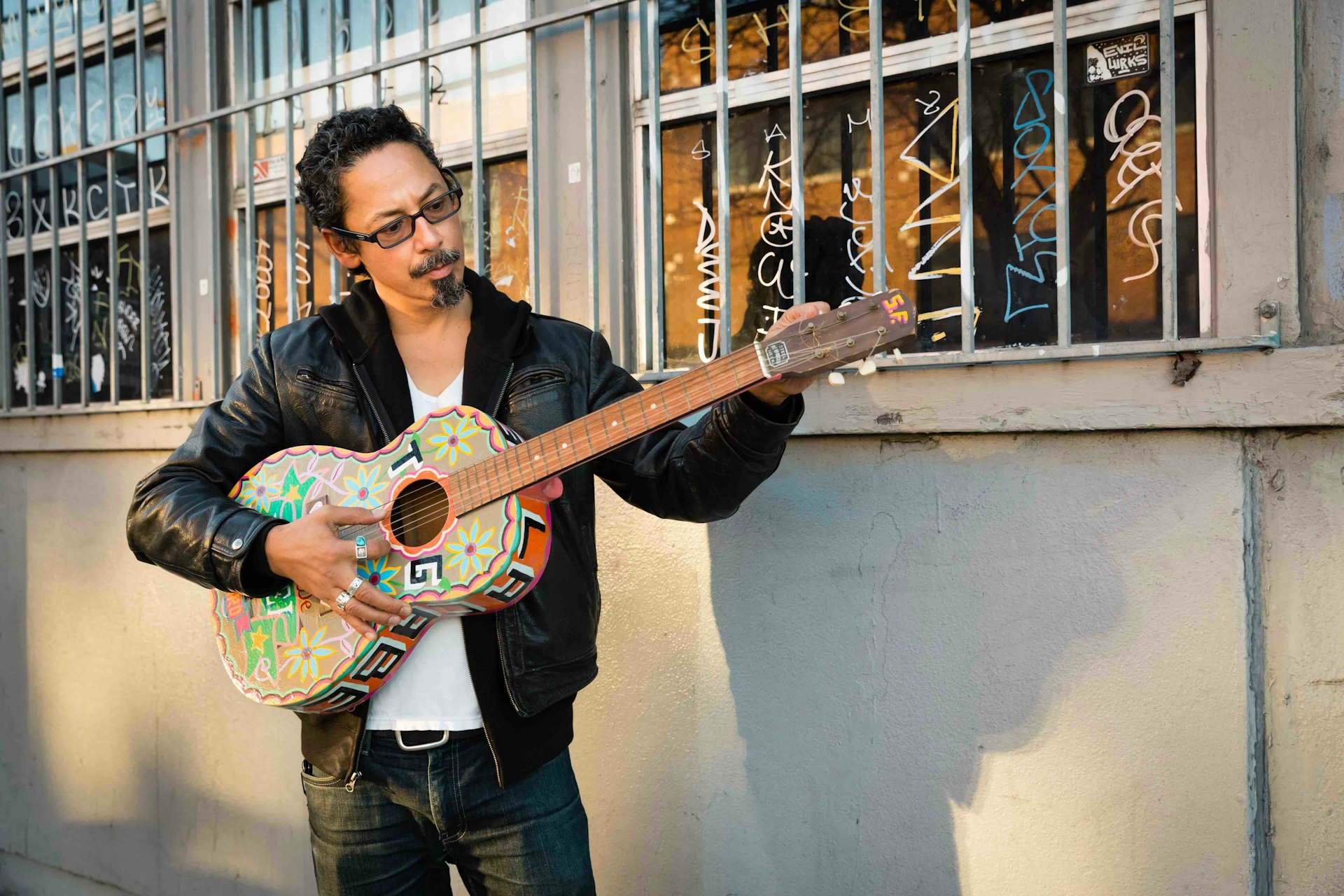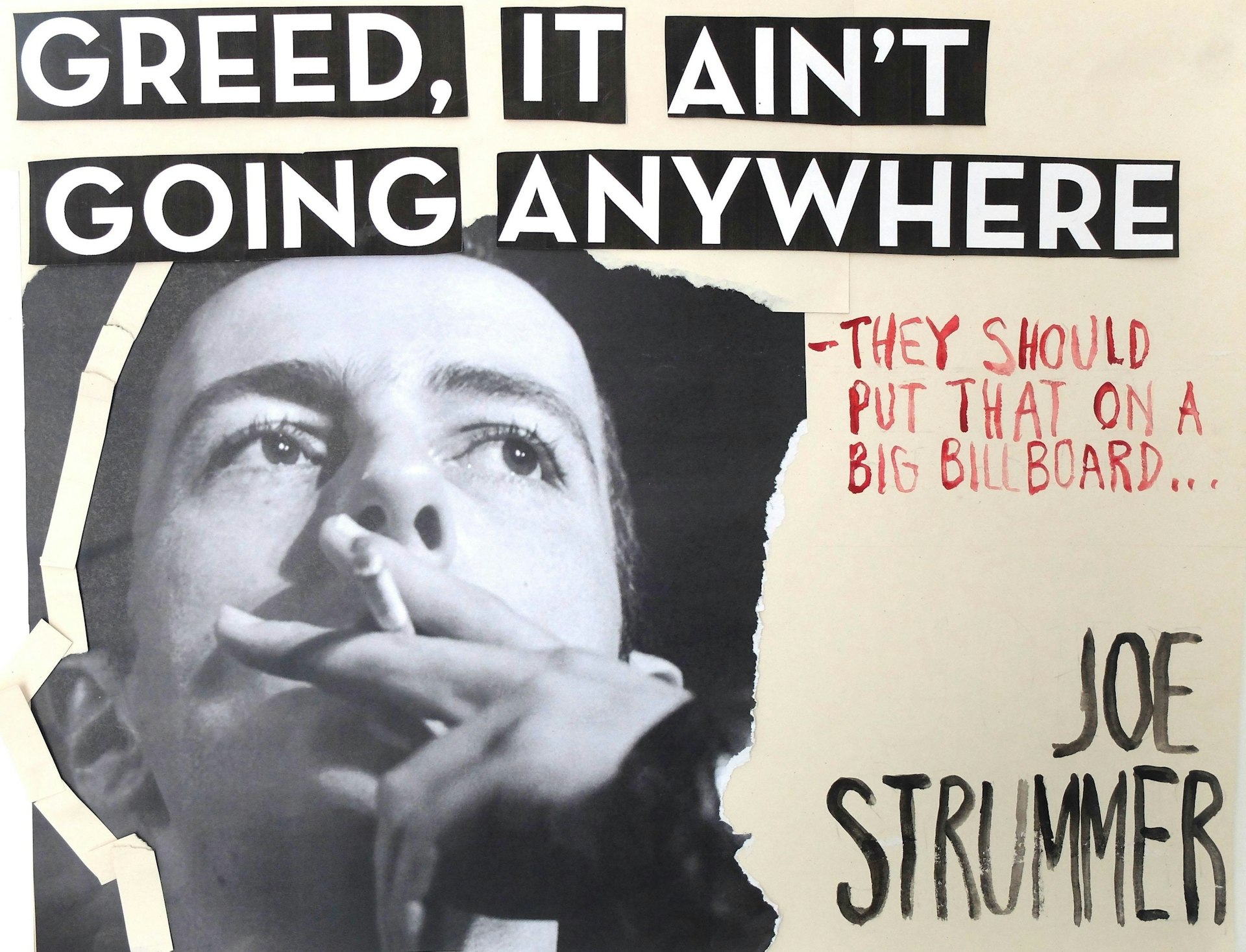
How do you make great activist art?
- Text by Alex King
- Photography by Katy Bauer
“I think good activist art should try to engage rather than shock or alienate,” explains artist Katy Bauer. “It’s easy to shock and alienate. It’s difficult to educate and inspire.”
Katy Bauer is a Bristol-based artist whose thought-provoking but wonderfully accessible work addresses activism, radical politics and community engagement. Her How Does an Activist Eat Potatoes series at Bristol’s Bear Pit outdoor gallery in 2013 celebrated progressive thinkers and change makers from Hunter S. Thompson to Nelson Mandela to Albert Einstein.
Throughout her career, an internal debate has been raging about how to create truly successful activist art. “Ultimately it has one duty, and that is to function,” she explains. “If it encourages most viewers to think about an issue, then it is successful activist art. If it repels most viewers – even if the artist’s intentions are good – then it is unsuccessful activist art. It’s a numbers game.”
For Katy, activist art must go beyond preaching to the choir. If it only registers with people who already feel the same way, then however witty or technically impressive the piece is, it has failed to create the desired shift in consciousness. “What I try to do is make work that is touching somehow,” Katy explains. “That sounds corny, but I want to tap into people’s sense of fairness and decency rather that tout any party line. And it shouldn’t be too ranty because if you tell people off they’ll immediately reject what you’re saying, but if you appeal to their better nature they’ll tell themselves off.”
If that all seems like an uphill battle, Katy is upbeat. Activism isn’t as complex as people make out. “[It’s about] just standing up I suppose. It amazes me how complicit we are,” she explains. “All we have to do to encourage injustice is to ignore it, but the reverse is also true, if we stood up to injustice then we would curtail it very quickly.”
As Katy’s new show Brave: Celebrating Compassionate Resistance goes on display at Sidcot Arts Centre, we asked her to share her influences and inspirations.
Tony Benn’s Grace
Grace is the rarest quality, and, in a culture that conspires against it, very hard to learn. Veteran progressive MP Tony Benn had it. I think he was the greatest all rounder. Brutally hounded by his opponents for years, he never resorted to sniping, and despite his fame and astonishing workload his kindness and consideration were legendary.
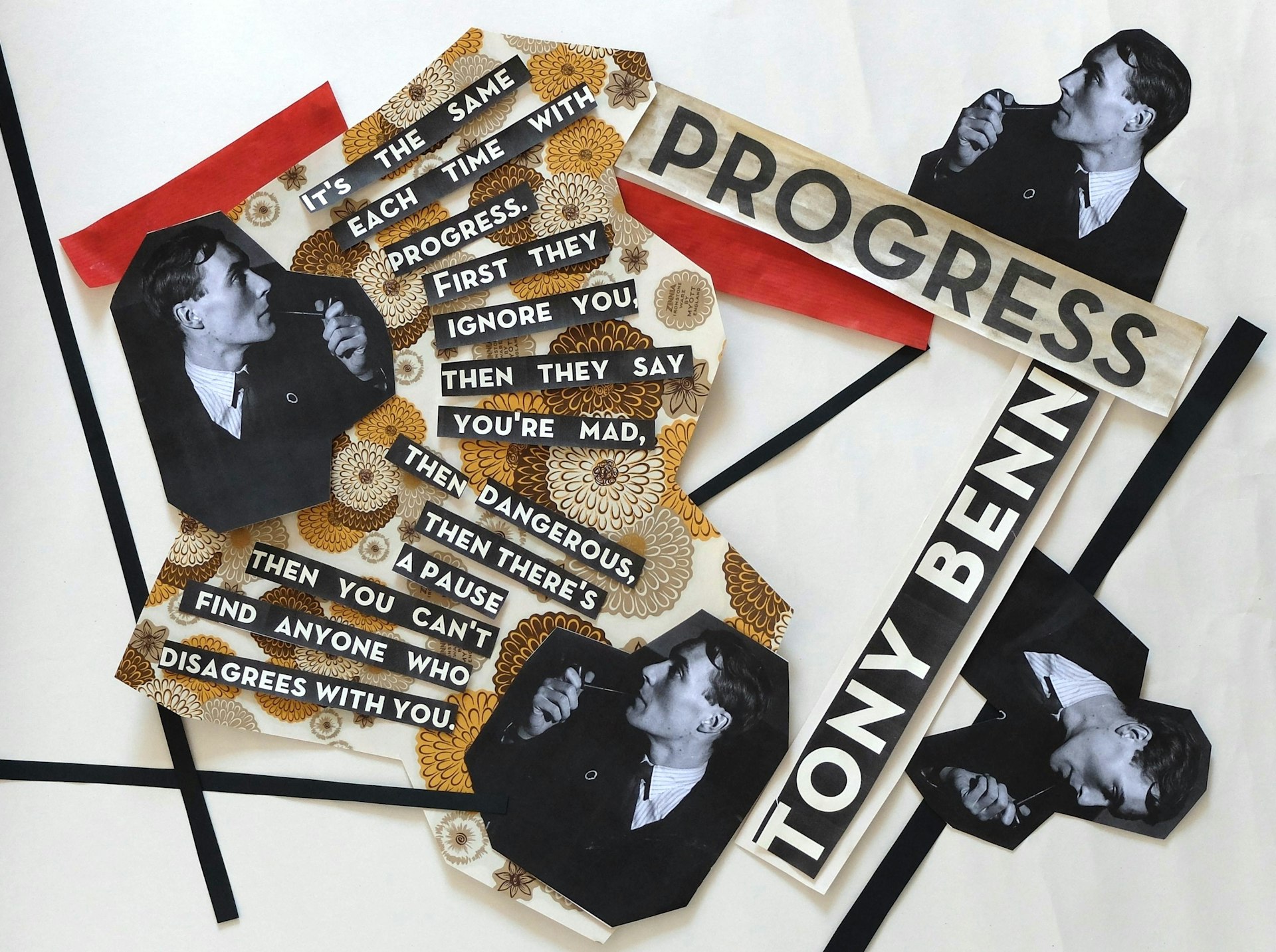
Poster by Katy Bauer
I visited him once. He was very old then and not in good health, but he asked and answered questions keenly for more than an hour. As I walked away from the flats where he lived I heard a frail voice above me calling, “Goodbye! Goodbye!” It was Tony, he was leaning out of the third floor window, waving and smiling. And he didn’t even know me.
Sylvie Guillem’s Defiance
Everything about French ballet dancer Sylvie Guillem is defiant. To dance well you have to defy pain. Her career was shaped by refusing to conform at Paris Opera and The Royal Ballet, and as an activist she refuses to ignore the horror of human impact on nature.
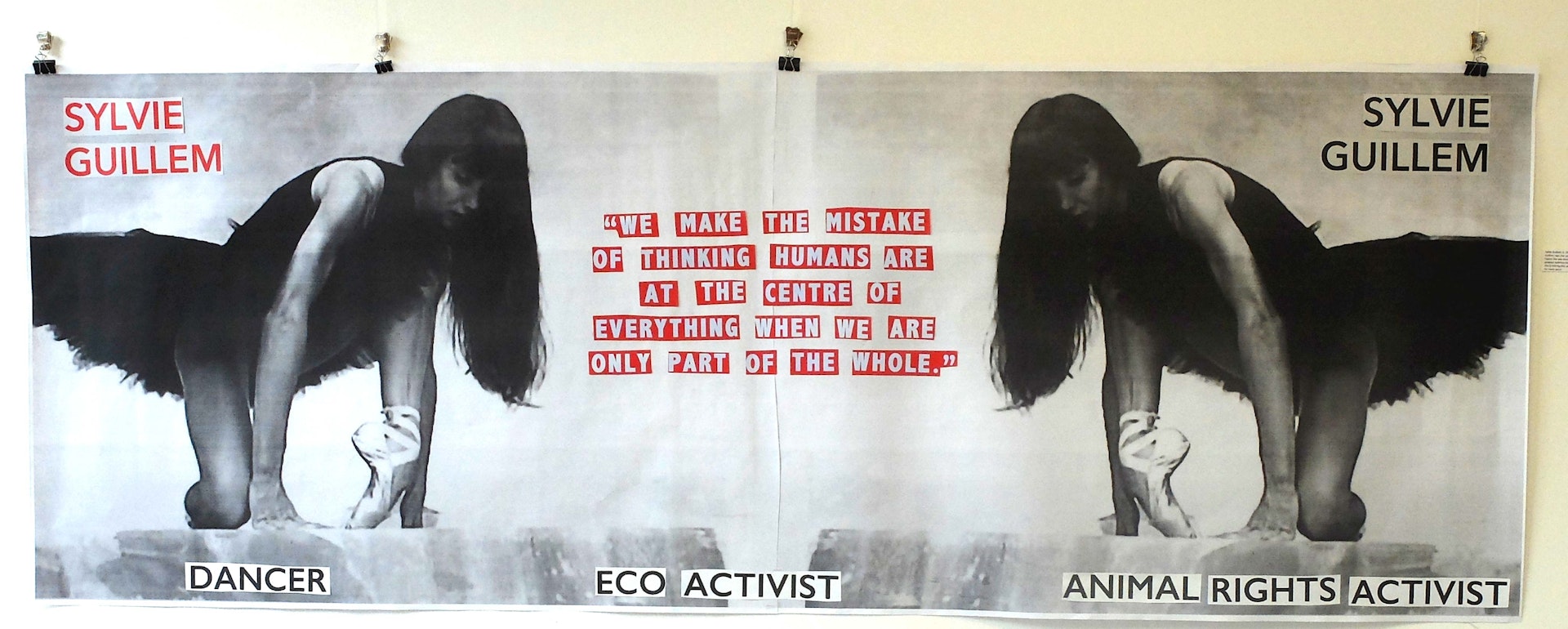
Poster by Katy Bauer
When she dances she manages to create a tension between strength and delicacy that seems impossible. I like to think it is partly compassionate rage that makes it happen. She is unflinching.
Agnes Martin’s Modesty
American abstract painter Agnes Martin believed only in inspiration and devoted her life to clearing her mind so that she would be sensitive enough to receive it when it came. Due to this she didn’t think she deserved any credit for the work, only blame if it was not right.
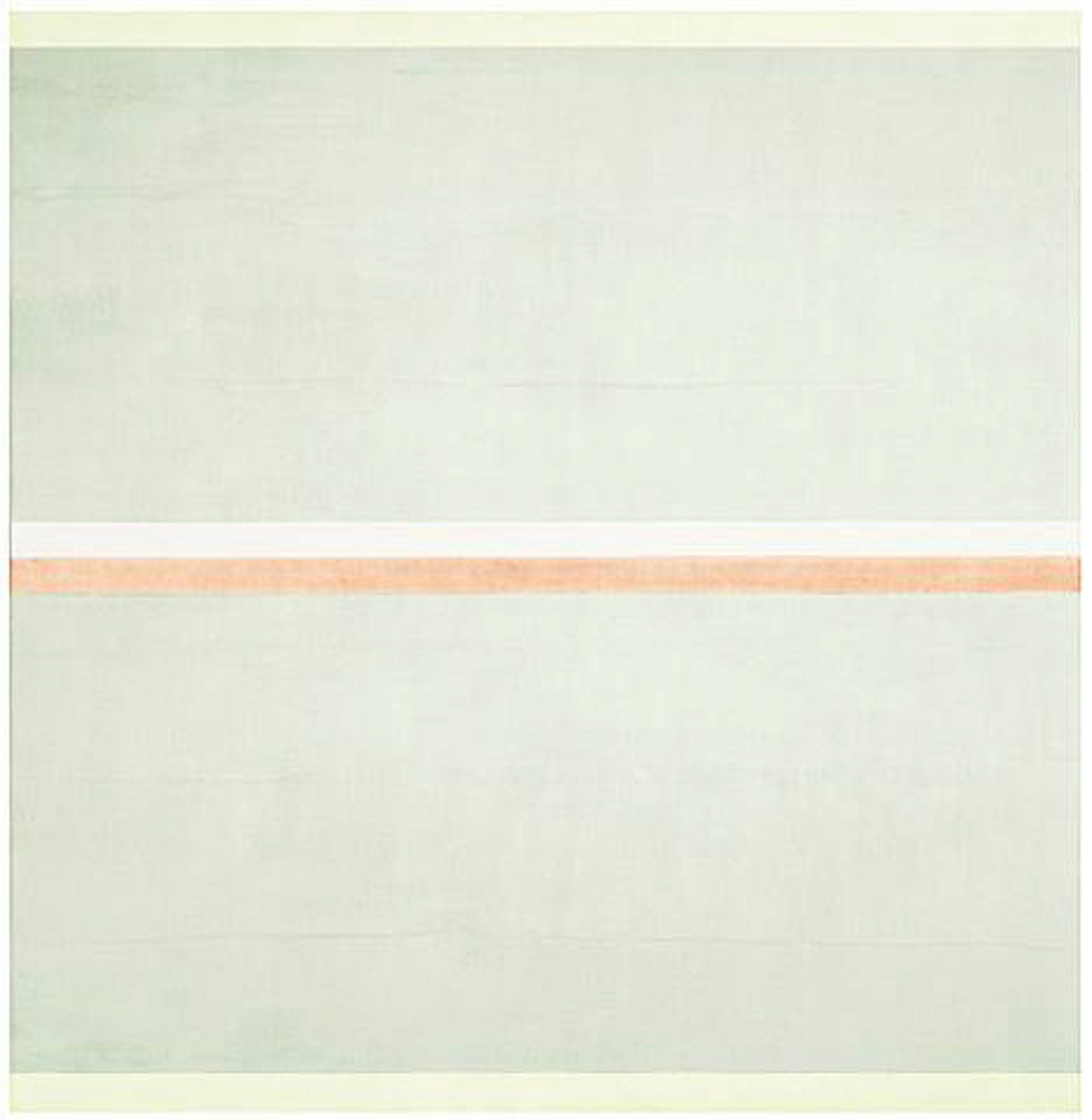
Painting by Agnes Martin
Fortunately she was a painter, so we can actually see this exquisite effort. We can see what pure inspiration looks like, on canvas. Van Gogh also managed to do that.
Hunter S. Thompson’s Style
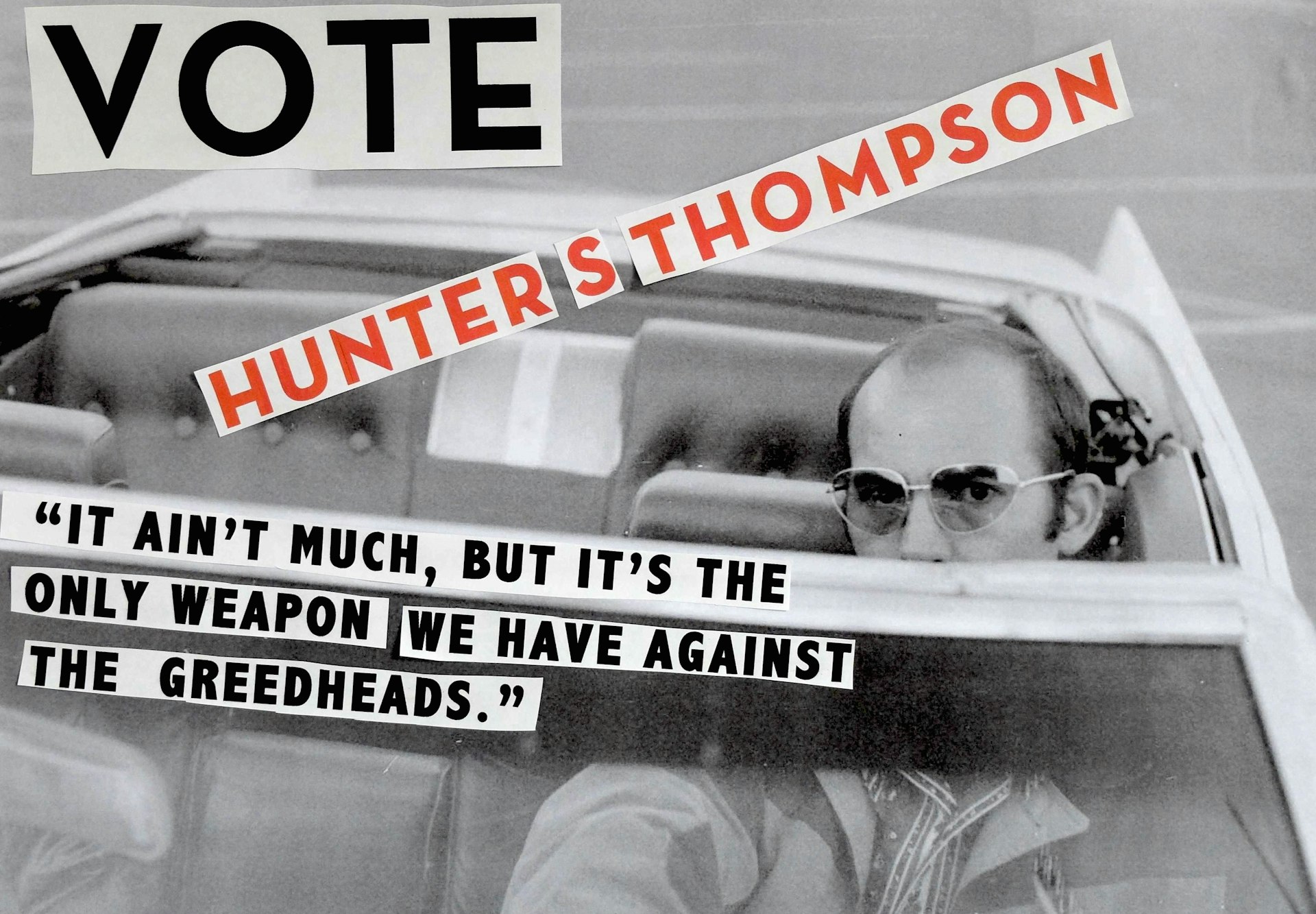
Poster by Katy Bauer
Like Agnes Martin, Charles Bukowski, and Helen Keller, I see Hunter S. Thompson as a Great American Mystic. He had the courage to take on the “greedheads” and he mostly did it wearing a Hawaiian shirt and sunglasses. Hunter was proof that style is more powerful than war.
Jack’s Compassion
Buddhist monks beg in order to experience humility, I think about Jack, the goat who took care of a blind horse called Charlie.
Radiohead’s Anxiety
Music can shift me. It’s like drugs or meditation, only not such hard work. This performance of ‘National Anthem’ made me feel something I don’t feel very often: connected. It validated my anxiety and also gave me hope.
Laurel and Hardy’s Vision
I need humour like I need air. I think funny people should get a government grant. Stan and Ollie have saved my life many times. They saw straight through us, virtually Confucian: “One who takes oneself too seriously needs a good kick in the pants.”
Frank Auerbach’s Genius
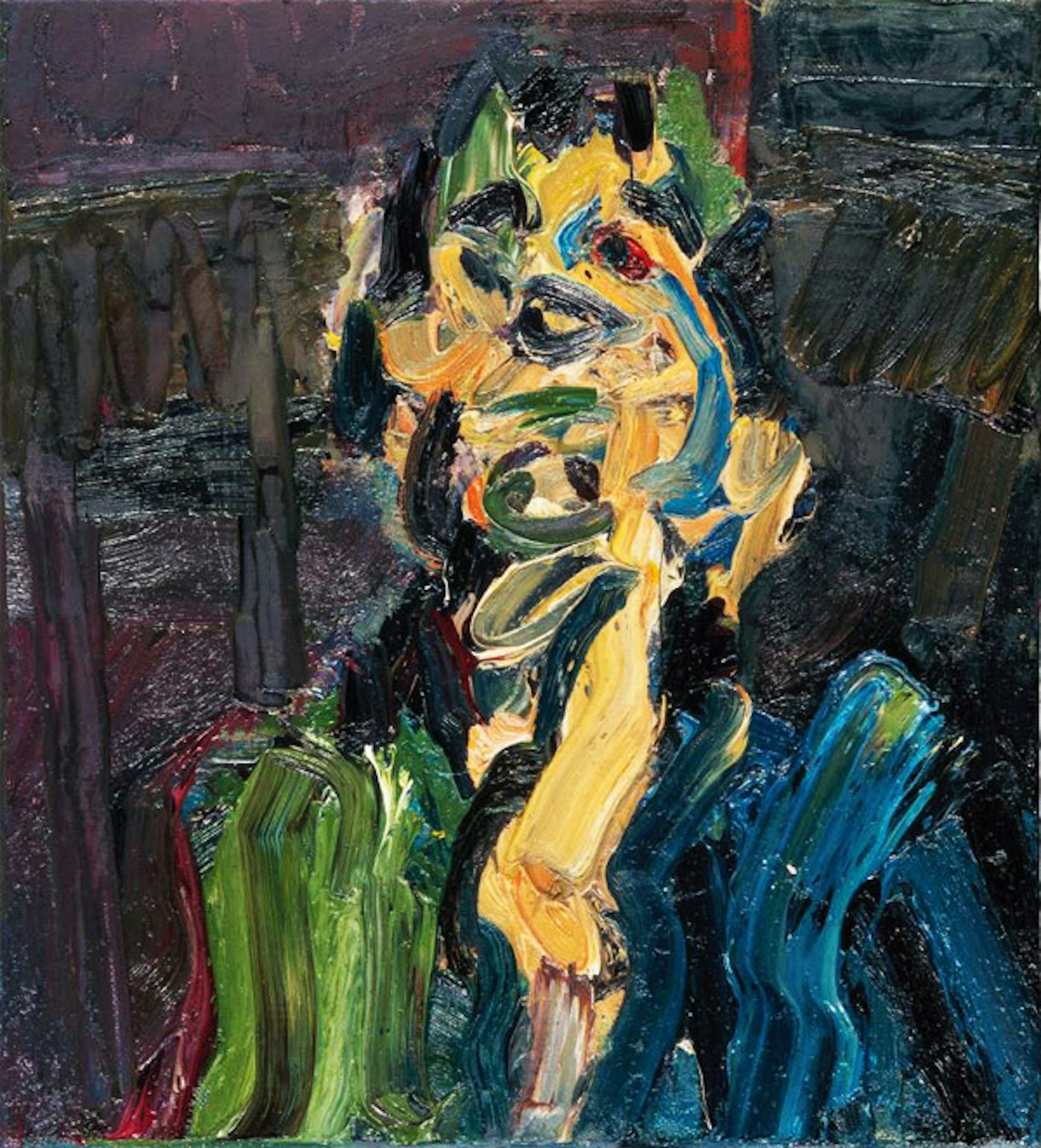
Painting by Frank Auerbach
There’s no other word for it. To create one small image that appears chaotic at first glance can take him a year. He’ll paint the final work in an hour or two, but he’ll have scraped it off a hundred times first. His rigor, understanding, and commitment makes everyone else look like they’re just fucking around. He makes images that demand more of us, and we must give them more. How can we refuse after what he has demanded of himself?
Bruno Schultz’s Words
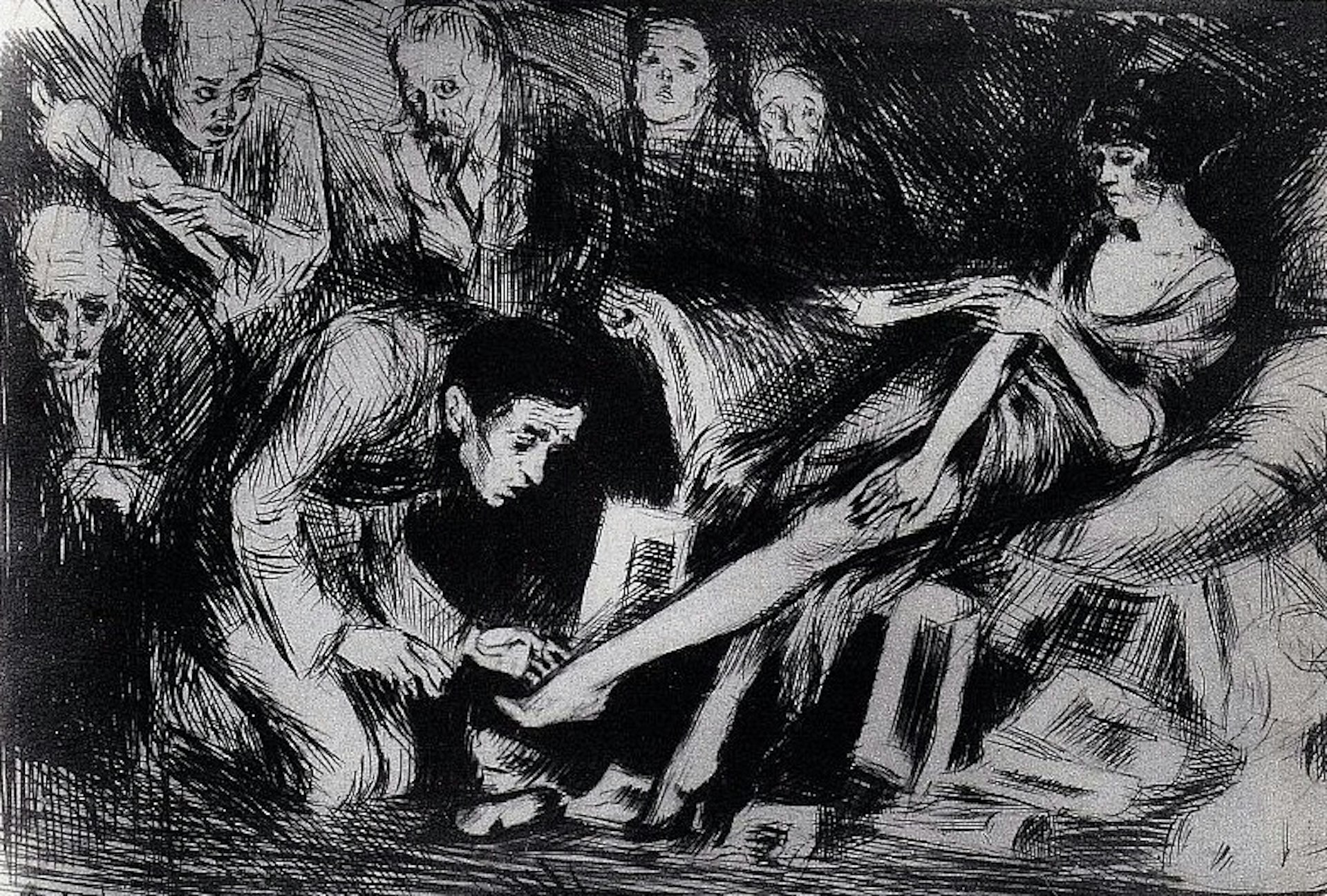
Drawing by Bruno Schultz
He used the same words as other people but he laid them down in a way that made the things they describe seem new. The stories are modern and nostalgic. The effect is disorientating and familiar. When I read him I feel like I’m being stitched into the page. It’s a three dimensional experience. Hallucinatory.
Katy Bauer’s Brave: Celebrating Compassionate Resistance is on show at Sidcot Arts Centre until Friday October 17.
